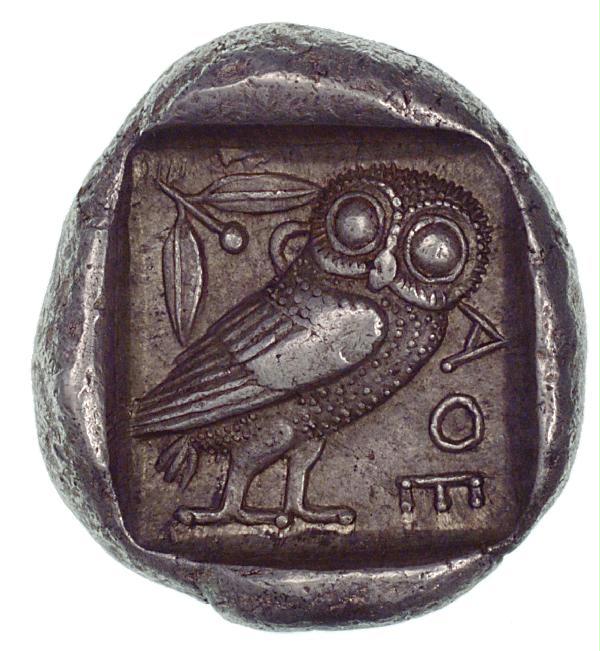International Authors
and the editors of Emanations are happy to announce a Call for
Submissions:
Emanations 9
Emanations is an anthology series featuring fiction, poetry, and essays.
The emphasis is on alternative narrative structures, new epistemologies,
peculiar settings, esoteric themes, sharp breaks from reality, ecstatic
revelations, and vivid and abundant hallucinations.
In Emanations 9, we seek to emphasize graphics and visual pieces. We are
especially interested in asemic writing and images, visual poetry, formalist
experiments in prose, bricolage, new experiments in graphic
representation, and visual narratives. Artists are invited to prepare
"compressed" portfolios (5-20 images) with an "artist's
statement." Please bear in mind that the production will be in black
and white.
The editors are also interested in literary material. We seek
fiction and poetry that present unworldly ways of seeing, feeling, and
describing. Recognizable genres -- science fiction, fantasy, horror, political
dystopia, satire, mystery, local color, romance, realism, surrealism, and
postmodernism -- are fine, but the chief idea is to make
something new, and along these lines the illusion of something
new can be just as important.
If an image, story or poem makes someone say, “Yes, it is
good, but what is it?” then it is right for Emanations.
Essays should be exuberant, daring, and free of pedantry.
Accounts of unusual travels will fit well into Emanations 9. Length is a
consideration in making publication decisions, but in keeping with the spirit
of the project contributors should consider length to be “open.”
Our editorial vision is evolving. Contributors should see themselves as
actively shaping the “vision” of Emanations.
Email files with
brief cover note to:
IAsubmissions@hotmail.com
Review of Submissions begins June 1, 2021
Contributors should place their name in the subject heading, and they should
include their name and contact information in the submitted file.
Emanations is a not-for-profit literary project and
contributors cannot be compensated at this time. All proceeds from the sale
of Emanations will support the efforts of International Authors to
publish new voices from around the world. Contributors receive a copy upon
publication. Only one complimentary copy will be sent to
each contributor; the fortunes of the mail, particularly international mail, is
beyond the control of International Authors.
The project is a collaborative effort, and as we share ideas the “vision”
transforms, evolves, and grows. When we write stories and poems we hope to
bring to bear the entire battery of modern and postmodern literary devices.
More simply: we like good, strong writing. Our essays are incisive, precise,
keen, challenging, and driven by the writer’s desire to advance an intelligent
audience’s understanding of exotic subjects.
The Fine Print:
1) Submit files as follows: double space, Microsoft Word,
Times New Roman size #11. Set Tabs for .2” and set spacing at 15. Use
smart quotes. This will help reduce the workload as the editors format book for
publication.
2) No simultaneous submissions (contributors should get fairly quick feedback
anyway, especially if their submission meets our needs). Material that is
obviously pulled from a file and has nothing to do with the goals of the
anthology won’t get any feedback beyond the initial acknowledgement.
3) Word count/line count? See details above. We’re flexible, but contributors
should be sensible when considering what they send in. A novella? Well, maybe,
and so on.... Rules of thumb: a) Stories: very short to 20-30 pages. b) Poems:
send in 5-10 pages. c) Essays: 5-10-30 pages.
4) Published as hard copy only -- Emanations will be available on
Amazon. Participants who make a substantial contribution of material, editorial
work, or art will get a copy. It can take some time to get copies to
contributors outside of North America. In the case of our first anthology, for
example, it took forty-five days to get a copy to a contributor in to Nepal. As
described above, only one copy will be sent to each contributor; the fate of
the mail, particularly international mail, is beyond the control of
International Authors.
5) International Authors is a consortium, and as such every contributor is a
“member” of our community, and contributors are encouraged to help promote the
anthology by sending review copies to newspapers, journals and relevant Web
sites.
6) Copyright “reverts” to contributors upon publication. That is, after an
accepted piece appears in Emanations, the contributor can publish their
piece elsewhere. Contributors should understand that Emanations could
remain for sale on Amazon indefinitely. All materials appearing in Emanations are
under the exclusive copyright of the contributing writers and artists.
7) Note to poets: Please do not send poems as individual files. All
poetry submissions should be sent as a SINGLE MircosoftWord file formatted in
Times New Roman, size 11. Please submit three to ten pages.
8) Note on calendar: The editors will not review
submitted files until June 1, 2021.
Contributors submitting work to Emanations agree
to these points.
Published by International Authors













































